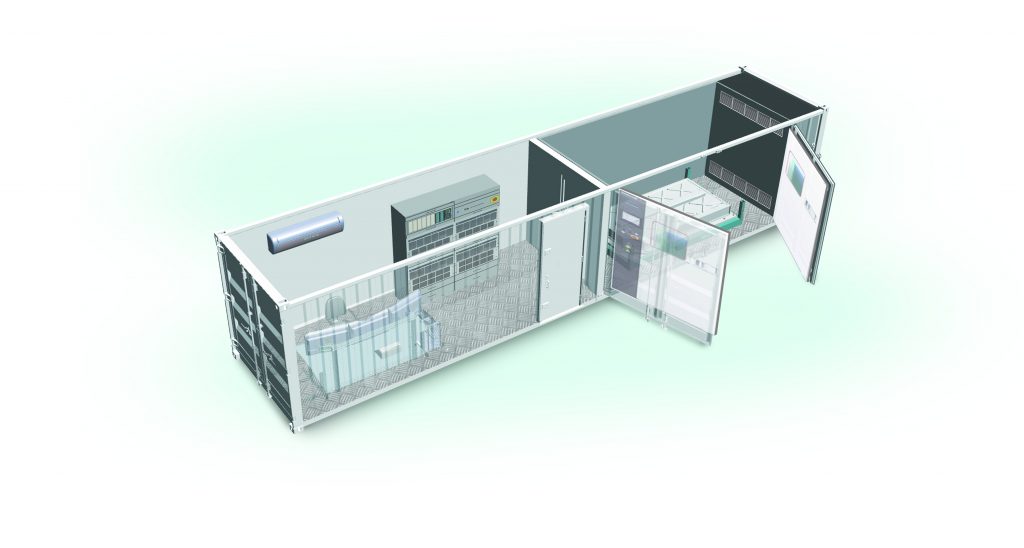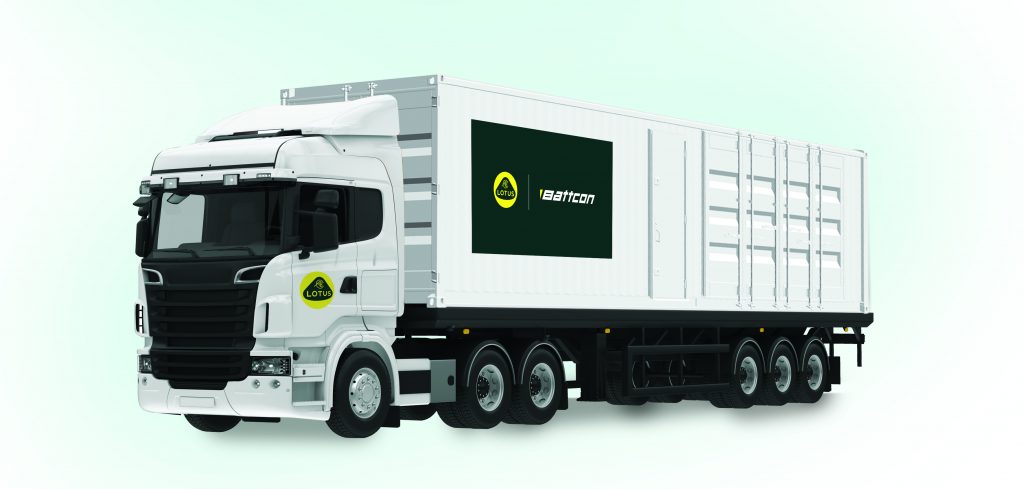Lotus Engineering is to launch a pilot containerized battery testing facility. The company says this will allow it to carry out various battery cell, module and pack characterization tests, performance evaluations, and component and lifetime testing under controlled conditions. Early feasibility study support and validation of mature designs for implementation in new vehicles will also be available.
The project has been named BattCon, an abbreviation of Battery Containerized Test Facility. The ‘containers’ are individual walk-in laboratories and will be in operation at Lotus HQ in Hethel, Norfolk, UK, as well as the new Lotus Advanced Technology Centre in Wellesbourne, West Midlands, UK. Each is the size of a standard 12m shipping container to allow easy transportation as a mobile testing unit; Lotus has three operational units as part of the pilot scheme.
For clients, Lotus will also offer an EV safety-compliant workshop facility with specialist staff experienced in testing batteries. Lotus highlights that the test units will give companies who are new to the EV field, and those who would otherwise need to invest in additional test facilities, access to a fast, efficient, cost-effective solution to develop new technologies. For Lotus itself, the new technology will support the company’s plans to launch a new range of performance vehicles.
Matt Windle, executive director, engineering, Lotus, commented, “As the race intensifies for automotive and other sectors to develop new and novel battery technologies, there will be increased demand for suitable testing facilities. Project BattCon begins to address this problem by evaluating how Lotus Engineering can meet the battery testing opportunities for the UK supply chain and OEMs.”
Services available from the test units include capacity determination, resistance mapping, current and power mapping, open circuit voltage determination and heat capacity. Lifetime testing is comprised of low-voltage cycling, high-voltage cycling, self-discharge determination, storage aging, cycle aging, drive-cycle aging and orientation. One of the three Lotus containers also features an ambient chamber, the temperature of which can be raised or lowered to replicate climatic extremes.


